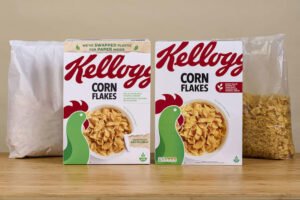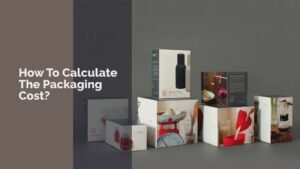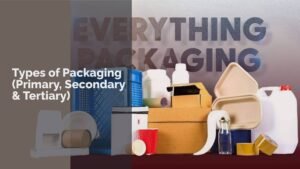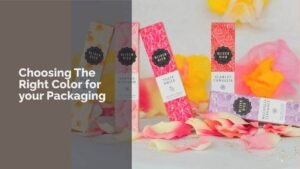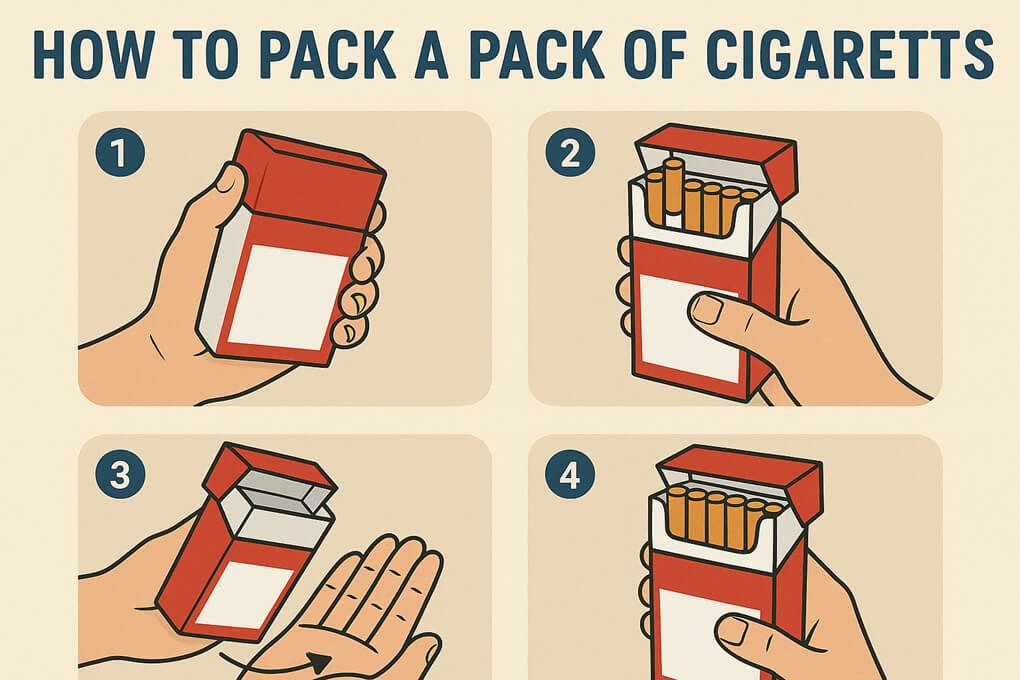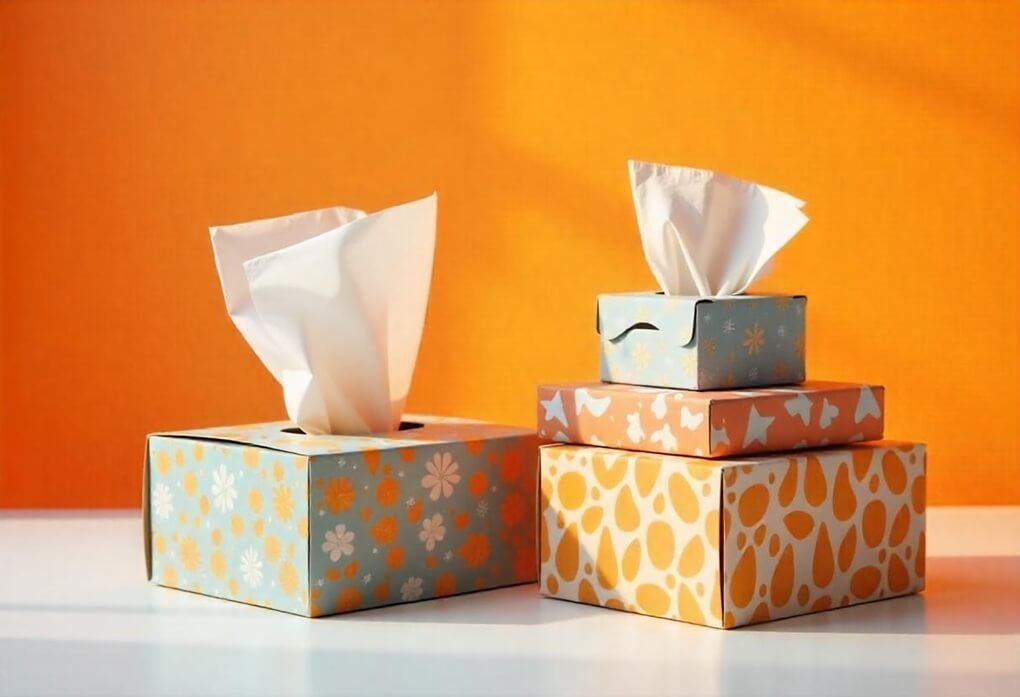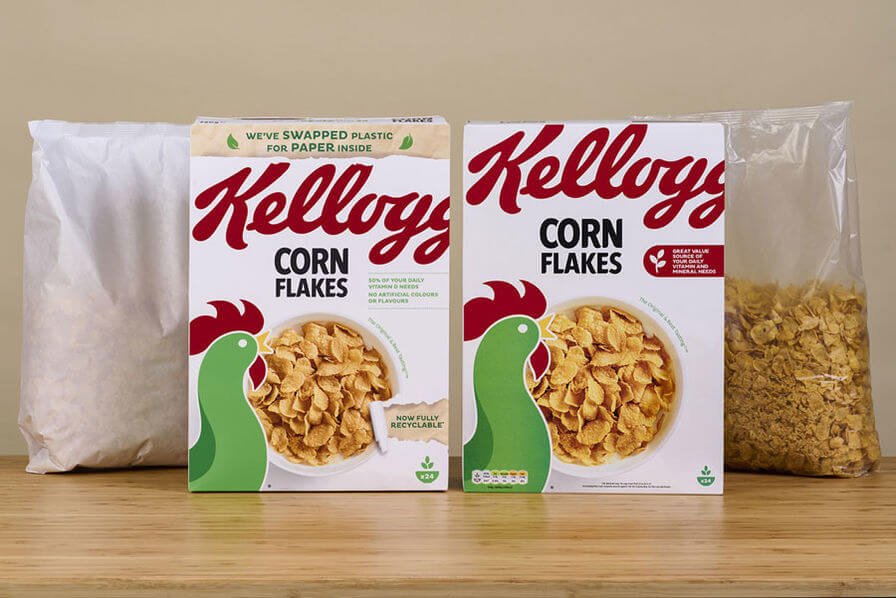The best label materials for plastic and glass bottles include paper labels, plastic films, vinyl labels, and metallic foil. Choosing the right material is important for durability, appearance, and performance in different environments.
Choosing the best label materials for plastic and glass bottles is essential for product success. The right labels help your products stand out and provide important information to customers. There are several options available, including paper labels, plastic films, vinyl labels, and metallic foil.
Each material has its own benefits and is suited for different types of bottles. In this article, we will explore the best custom printed label materials and what to consider when selecting labels for your products.
Why Is Choosing The Right Material For Labels Important?
Choosing the right material for labels is important because it affects how well the label performs and last. The right label material ensures that your product is clearly identified, even in tough conditions like heat, moisture, or sunlight.
For example, if a label fades or peels off, customers may not know what the product is or how to use it. This can lead to confusion and hurt sales.
Durable labels made from materials like vinyl or polyester are better for harsh environments, while paper labels might work well for indoor products. Additionally, the right adhesive helps the label stick properly to surfaces like glass or plastic.
If the label doesn’t stay on, it can be lost or damaged easily. Overall, selecting the correct label material helps protect your brand image and ensures that important information stays visible to customers throughout the product’s life.
Best Custom Printed Label Materials For Plastic & Glass Bottles
Choosing the best custom printed label materials for plastic and glass bottles is crucial for product success. The right label not only enhances the appearance of your product but also ensures that important information remains visible and intact.
There are several types of label materials available, including paper labels, plastic films, vinyl labels, and metallic foil. Each material has its unique benefits and is suitable for different applications. In this article, we will explore these options in detail to help you find the best custom printed labels for your needs.
Paper Labels
Paper labels are one of the most common choices for labeling bottles because they are versatile and cost-effective. They come in various types, each with its own characteristics.
Uncoated Paper Labels
Uncoated paper labels have a natural feel and are easy to write on. They work well for products that do not need to be waterproof, such as dry goods or indoor items. The minimum temperature for uncoated paper labels is around 32°F (0°C), while their service temperature can reach up to 120°F (49°C). This makes them suitable for many indoor applications but not ideal for outdoor products.
Coated Paper Labels
Coated paper labels have a shiny finish that makes colors pop. They are often used for beverages and food products because they can resist moisture better than uncoated labels.
These labels can handle minimum temperatures of 30°F (-1°C) and service temperatures up to 140°F (60°C). This durability helps protect the ink from fading when exposed to light or water.
Kraft Paper Labels for Glass or Plastic Bottles
Kraft paper labels provide a rustic look and are made from recycled materials. They are perfect for organic or homemade products, appealing to eco-conscious consumers. These labels can be used on both glass and plastic bottles, offering a unique touch that stands out. Kraft paper labels can withstand minimum temperatures of 20°F (-6°C) and service temperatures up to 130°F (54°C).
Plastic Films
Plastic films are strong and durable label materials that can withstand harsh conditions. They are ideal for products that may come into contact with moisture or oils.
Polyester Labels
Polyester labels are tough and resistant to tearing, making them perfect for bottles that need extra protection. They can handle extreme temperatures with a minimum of -40°F (-40°C) and service temperatures up to 200°F (93°C). Their durability ensures that the label stays intact throughout the product’s life, making them suitable for beverages or cleaning supplies.
Polypropylene and BOPP Labels
Polypropylene (PP) and Biaxially-oriented polypropylene (BOPP) labels are lightweight yet strong. They are commonly used for food and beverage containers because they resist grease and moisture. These materials can handle minimum temperatures of 0°F (-18°C) and service temperatures up to 180°F (82°C). BOPP labels can also be clear or white, allowing brands to showcase their products inside the bottle while maintaining a professional appearance.
Vinyl Labels
Vinyl labels are another excellent option for both glass and plastic bottles due to their flexibility and durability.
Vinyl Labels for Glass Bottles
Vinyl labels adhere well to glass surfaces, providing a strong bond that lasts. They are waterproof and resistant to fading from sunlight, making them ideal for outdoor products like beverages or cosmetics displayed in bright light. Vinyl labels can withstand minimum temperatures of -20°F (-29°C) and service temperatures up to 150°F (65°C).
Vinyl Labels For Plastic Bottles
Vinyl labels also work great on plastic bottles. They can bend around curves without tearing, ensuring a smooth application. These labels can handle moisture and oils, making them suitable for various products like shampoos or sauces. Vinyl labels maintain their integrity with minimum temperatures of -10°F (-23°C) and service temperatures up to 140°F (60°C).
Metallic Foil
Metallic foil labels add a touch of elegance to any product. They stand out with their shiny finish, making them perfect for premium brands.
Metallic foil labels can handle a minimum temperature of around 32°F (0°C). This means they work well in cool environments but should not be exposed to extreme cold.
These labels can withstand service temperatures up to 150°F (65°C). This makes them suitable for items stored in warm places, like kitchens or pantries, without losing their shine or adhesion.
Common Questions That A Custom Label Manufacturer For Glass And Plastic Bottles Can Ask You
When working with a custom label manufacturer, they will ask important questions to ensure you get the best labels for your products. These questions help them understand your needs and choose the right materials and designs for your bottles.
What Kind of Surface Are We Working With?
Understanding the surface of your bottles is crucial for selecting the right label material and adhesive. Different surfaces, such as glass or plastic, require different types of labels to ensure they stick properly and last long.
For example, glass bottles have smooth surfaces that can hold strong adhesives, making them ideal for vinyl or polyester labels. These labels are durable and can withstand moisture and temperature changes.
On the other hand, plastic bottles may have textured or curved surfaces. This means you might need flexible labels that can conform to the shape of the bottle without tearing.
Materials like BOPP (Biaxially-oriented polypropylene) work well on plastic because they are lightweight and resistant to moisture. By knowing the surface type, manufacturers can recommend the best label options that will adhere well and look great on your products.
What’s Inside the Bottle?
The contents of the bottle play a significant role in determining the best label material. Different liquids or substances can affect how a label performs over time.
For example, if you are filling a bottle with oil or a greasy substance, you need a label that is resistant to oils and moisture. In this case, vinyl or polypropylene labels would be suitable choices because they can handle exposure to these types of liquids without peeling or fading.
If your bottle contains beverages, especially carbonated drinks, you should consider how pressure and temperature changes might affect the label. Labels must remain intact even when exposed to cold temperatures or condensation on the bottle surface. Polyester labels are often recommended for these situations because they are durable and waterproof.
Additionally, if your product is food-related, it’s essential to use labels that comply with safety regulations. Some materials may not be safe for direct contact with food or beverages. By providing information about what’s inside the bottle, manufacturers can help you choose safe and effective labeling solutions.
In Which Environments Will Your Label Need to Perform?
The environment in which your product will be stored or used is another critical factor in choosing label materials. Labels need to withstand various conditions without losing their quality or readability. For example, if your bottles will be kept in a freezer or refrigerated environment, it’s essential to select materials that can handle low temperatures without becoming brittle or peeling off.
Conversely, if your products are exposed to high heat, such as being stored in a sunny location or near heat sources, you’ll need labels that can resist heat without fading or melting. Vinyl labels can perform well in high-temperature environments due to their durability.
Moisture is another important consideration. If your products will be stored in humid conditions or come into contact with water (like shower products), waterproof labels are necessary to prevent damage. Materials like BOPP are ideal for these situations because they are resistant to water and humidity.
By understanding the environments where your labels will be used, manufacturers can recommend materials that ensure your labels remain intact and attractive throughout their lifespan.
What Is the Shape of Your Label and/or Your Bottle?
The shape of both your label and bottle is essential for creating an effective design that looks good and functions well. Custom shapes may require specific cutting techniques and materials to ensure proper application. For instance, if you have a uniquely shaped bottle (like a curved or irregular design), you’ll need flexible labels that can conform to those shapes without wrinkling or tearing.
Additionally, consider whether your label will be a standard rectangle or a custom shape that fits around curves or corners. Custom-cut labels may require special equipment for printing and application, so it’s important to discuss this with your manufacturer early in the process.
The size of the label also matters because it needs to fit well on the bottle without covering important information or branding elements.
A well-sized label enhances visibility while providing enough space for necessary details like ingredients, instructions, and branding logos.
By discussing the shape of both your label and bottle with your manufacturer, you can ensure that you get high-quality labels that not only look great but also adhere properly and provide all necessary information effectively.
Other Considerations While Choosing The Best Label Material For Plastic & Glass Bottles
When selecting the best label material for plastic and glass bottles, there are several important factors to consider. These factors can affect the label’s performance, appearance, and overall effectiveness. Below are some key considerations to keep in mind.
Label Durability
Label durability is crucial for ensuring your labels last throughout the product’s life. Labels that are not durable can fade, tear, or peel off, leading to a poor customer experience.
For products stored in harsh environments, such as those exposed to moisture or extreme temperatures, strong labels made from materials like vinyl or polyester are recommended.
These materials can withstand various conditions without losing their quality. For example, polyester labels can handle temperatures as low as -40°F (-40°C) and as high as 200°F (93°C), making them ideal for both cold and hot products.
Choosing durable labels helps maintain your brand’s image and ensures that important information remains visible to customers.
Regulatory Compliance
Regulatory compliance is essential when choosing label materials, especially for food and beverage products. Different industries have specific guidelines about what materials can be used for labeling.
For instance, the FDA has strict requirements for food-safe labels that must be moisture-resistant and chemical-resistant. This ensures that the labels do not contaminate the product inside.
If your product is a cosmetic or pharmaceutical item, you may need to follow additional regulations regarding labeling content and safety information. By ensuring your labels meet these regulatory standards, you protect your customers and avoid potential legal issues.
Cost Consideration
Cost is an important factor when selecting label materials for your products. Different materials come with varying price points, and it’s essential to find a balance between quality and affordability.
While paper labels may be cheaper upfront, they might not hold up well in wet or harsh conditions, leading to additional costs for re-labeling or lost sales due to damaged packaging.
On the other hand, investing in high-quality vinyl or polyester labels may have a higher initial cost but can save money in the long run by reducing waste and improving customer satisfaction. When considering costs, think about the total lifecycle of the label material and how it will impact your overall branding and sales.
Consumer Preferences
Consumer preferences play a significant role in choosing label materials. Many customers today are eco-conscious and prefer products with sustainable packaging.
Using biodegradable or recyclable label materials can attract these environmentally aware consumers.
Additionally, the aesthetics of the label matter; vibrant colors and unique designs can catch a customer’s eye on store shelves.
If your target audience values premium products, consider using metallic foil or high-quality finishes to enhance visual appeal. Understanding your customers’ preferences helps you choose label materials that align with their values and increase sales.
Application Techniques
Application techniques are also important when choosing label materials for plastic and glass bottles. Different surfaces require different labeling methods to ensure proper adhesion and appearance.
For example, glass bottles often work well with pressure-sensitive labels that stick easily to smooth surfaces. In contrast, plastic bottles may require special adhesives due to their varying surface textures and off-gassing properties.
It’s crucial to choose a label material that matches your application method—whether it’s manual application or automated labeling systems—to achieve the best results.
Environmental Impact
The environmental impact of label materials is becoming increasingly important for businesses and consumers alike. Many companies are looking for ways to reduce their carbon footprint by using sustainable packaging options.
Labels made from recycled paper or biodegradable plastics are excellent choices for eco-friendly branding. Additionally, consider how your labels will be disposed of after use; choosing materials that can be easily recycled helps minimize waste in landfills.
By prioritizing environmentally friendly label options, you not only appeal to eco-conscious consumers but also contribute positively to the planet’s health.
Best Printed Label Supplier In The USA
If you are looking for the best printed label supplier in the USA, check out 7 Custom Boxes! They offer a wide variety of custom labels for plastic and glass bottles. With high-quality materials and vibrant printing, your products will stand out on the shelves.
7 Custom Boxes provides excellent customer service and fast turnaround times, ensuring you get your labels when you need them. Whether you need paper labels, vinyl labels, or specialty materials, they have options to fit your needs. Trust 7 Custom Boxes to help you create the perfect labels for your products!



